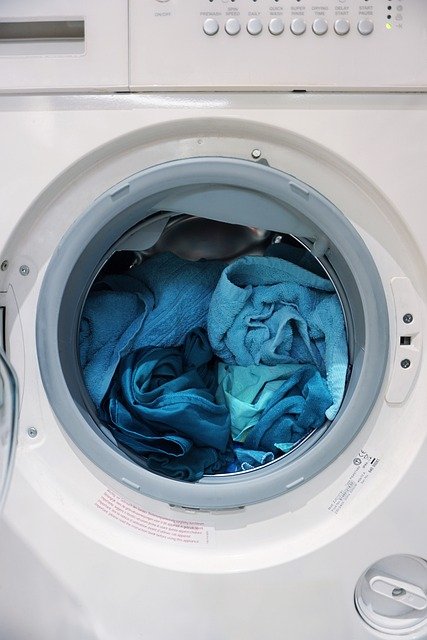The Washing Machine Revolution: Transforming Laundry Day
Washing machines have revolutionized the way we handle one of life's most mundane tasks: laundry. These appliances have become an indispensable part of modern households, saving time, energy, and water while delivering clean, fresh clothes with minimal effort. From their humble beginnings to today's high-tech models, washing machines have undergone significant improvements, offering a wide range of features to suit various needs and preferences.

-
Fill: The machine draws in water and adds detergent.
-
Wash: Clothes are agitated in soapy water to remove dirt.
-
Drain: The dirty water is pumped out.
-
Rinse: Clean water is added to remove soap residue.
-
Spin: The drum rotates at high speed to extract excess water.
Modern washing machines have refined this process, incorporating sensors and advanced programming to optimize each cycle for different types of fabric and soil levels.
What are the main types of washing machines?
There are two primary types of washing machines: top-loading and front-loading. Each has its advantages and considerations:
Top-loading washers:
-
Easier to load and unload
-
Generally less expensive
-
Shorter wash cycles
-
May use more water and energy
Front-loading washers:
-
More energy and water-efficient
-
Gentler on clothes
-
Can be stacked with a dryer to save space
-
Often have larger capacities
-
Typically more expensive
Some manufacturers also offer hybrid models that combine features of both types. When choosing between them, consider factors such as space constraints, energy efficiency, and personal preferences.
What features should I look for in a washing machine?
Modern washing machines come equipped with a variety of features designed to enhance performance and convenience:
-
Multiple wash cycles: Options for different fabric types and soil levels
-
Energy efficiency ratings: Look for ENERGY STAR certification for optimal savings
-
Capacity: Consider your household size and laundry habits
-
Smart connectivity: Wi-Fi-enabled machines that can be controlled via smartphone
-
Steam cleaning: Helps remove tough stains and reduce wrinkles
-
Quiet operation: Important for open floor plans or night-time use
-
Automatic dispensers: For detergent, fabric softener, and bleach
-
Self-cleaning cycles: To maintain the machine’s hygiene
The importance of these features will depend on your specific needs and budget. It’s worth noting that more features often come with a higher price tag.
How can I maintain my washing machine for optimal performance?
Proper maintenance is crucial for extending the life of your washing machine and ensuring it continues to clean effectively:
-
Clean the drum regularly: Run an empty hot water cycle with vinegar or a specialized cleaner monthly.
-
Leave the door open after use: This prevents mold and mildew growth.
-
Clean the detergent dispenser: Remove and rinse it periodically to prevent buildup.
-
Check and clean the filter: Many machines have accessible filters that should be cleaned regularly.
-
Inspect hoses: Look for cracks or leaks and replace them every 3-5 years.
-
Use the right amount of detergent: Too much can leave residue and affect performance.
-
Avoid overloading: This can strain the motor and reduce cleaning effectiveness.
By following these maintenance tips, you can ensure your washing machine remains in top condition for years to come.
How do washing machines impact the environment?
Washing machines have a significant environmental footprint, primarily through water and energy consumption. However, modern machines have made great strides in efficiency:
-
Water usage: Newer models use 13-30 gallons per load, compared to 40+ gallons for older machines.
-
Energy efficiency: ENERGY STAR certified washers use about 25% less energy and 33% less water than standard models.
-
Detergent impact: Concentrated detergents and precise dispensing reduce chemical runoff.
-
Microfiber pollution: Some newer machines include filters to catch microplastics shed from synthetic fabrics.
Consumers can further reduce their environmental impact by washing full loads, using cold water when possible, and choosing eco-friendly detergents.
Washing machines have come a long way since their invention, evolving from simple mechanical devices to sophisticated appliances that cater to diverse laundry needs. By understanding how they work, what features to look for, and how to maintain them, consumers can make informed decisions and get the most out of these essential household helpers. As technology continues to advance, we can expect even more innovations that will make laundry day increasingly efficient and environmentally friendly.




